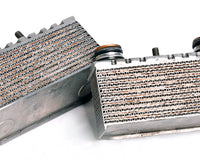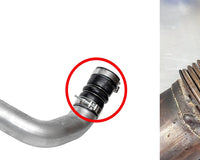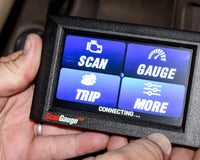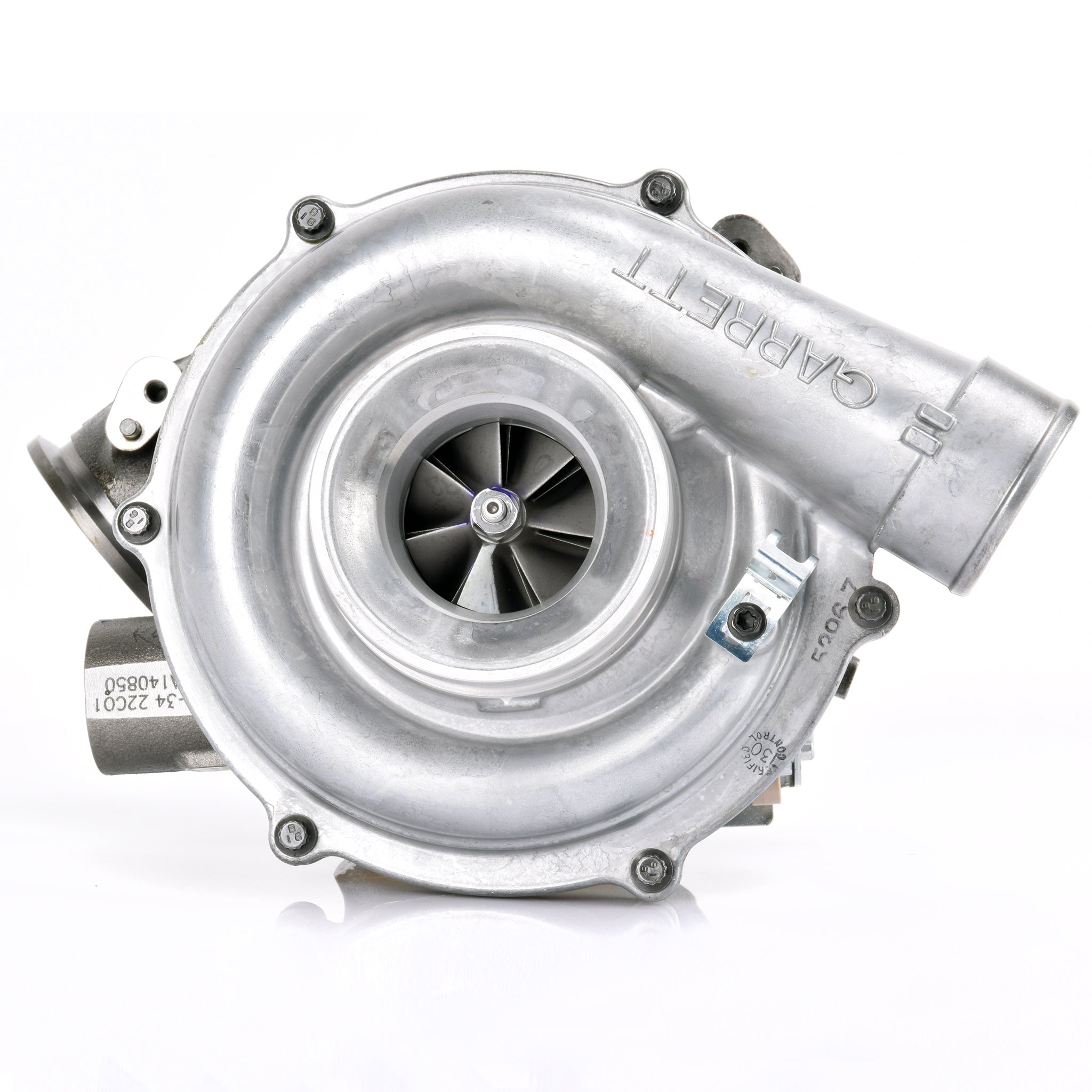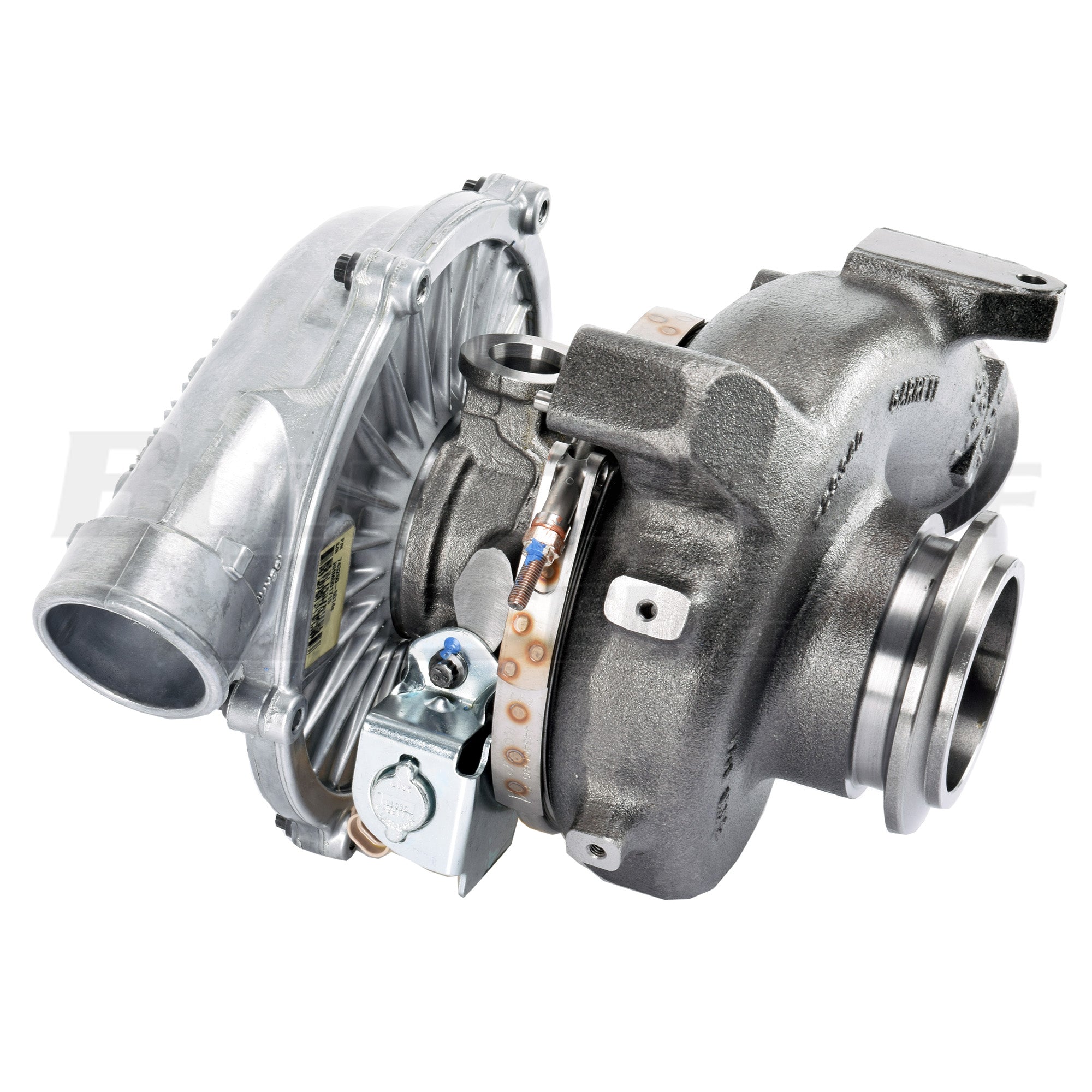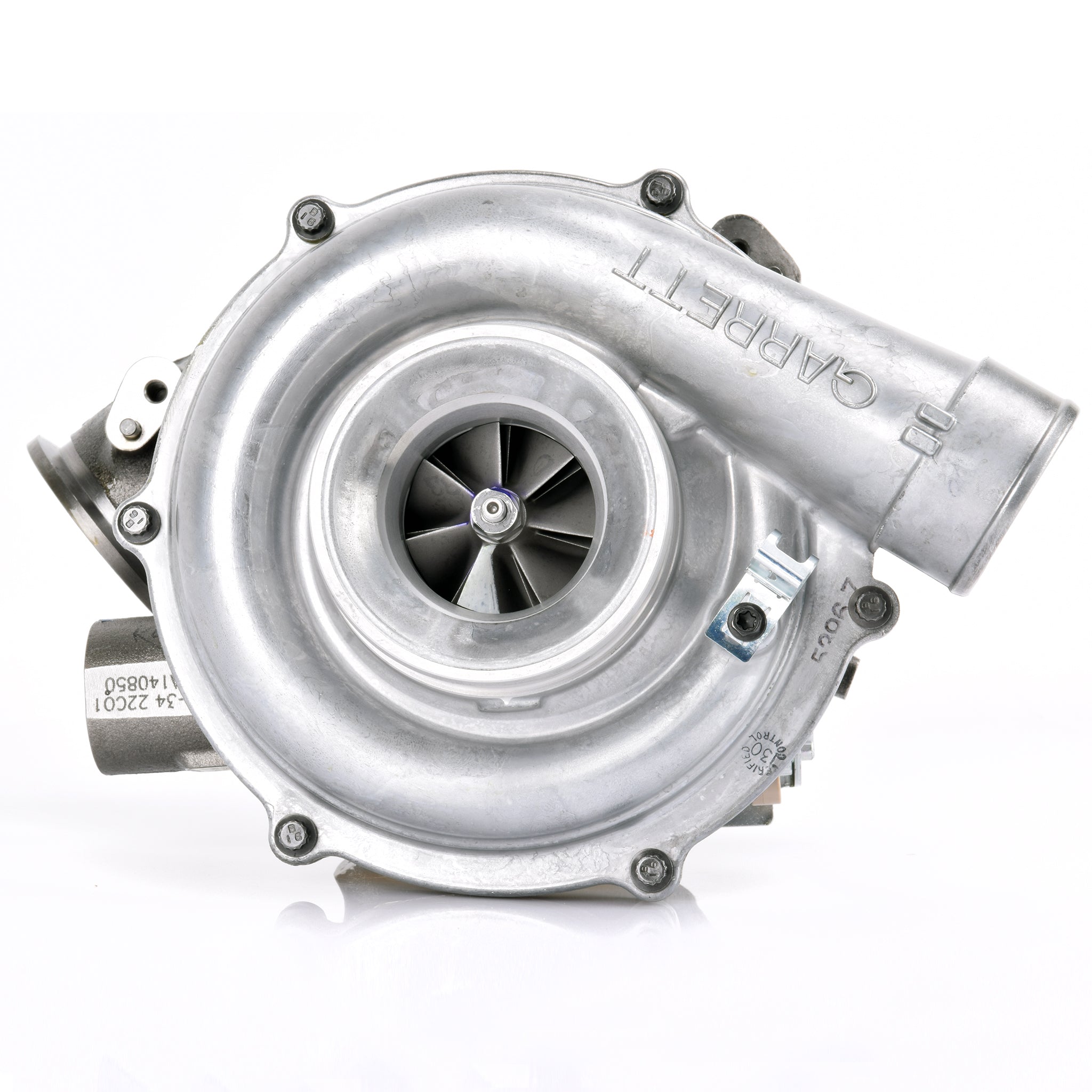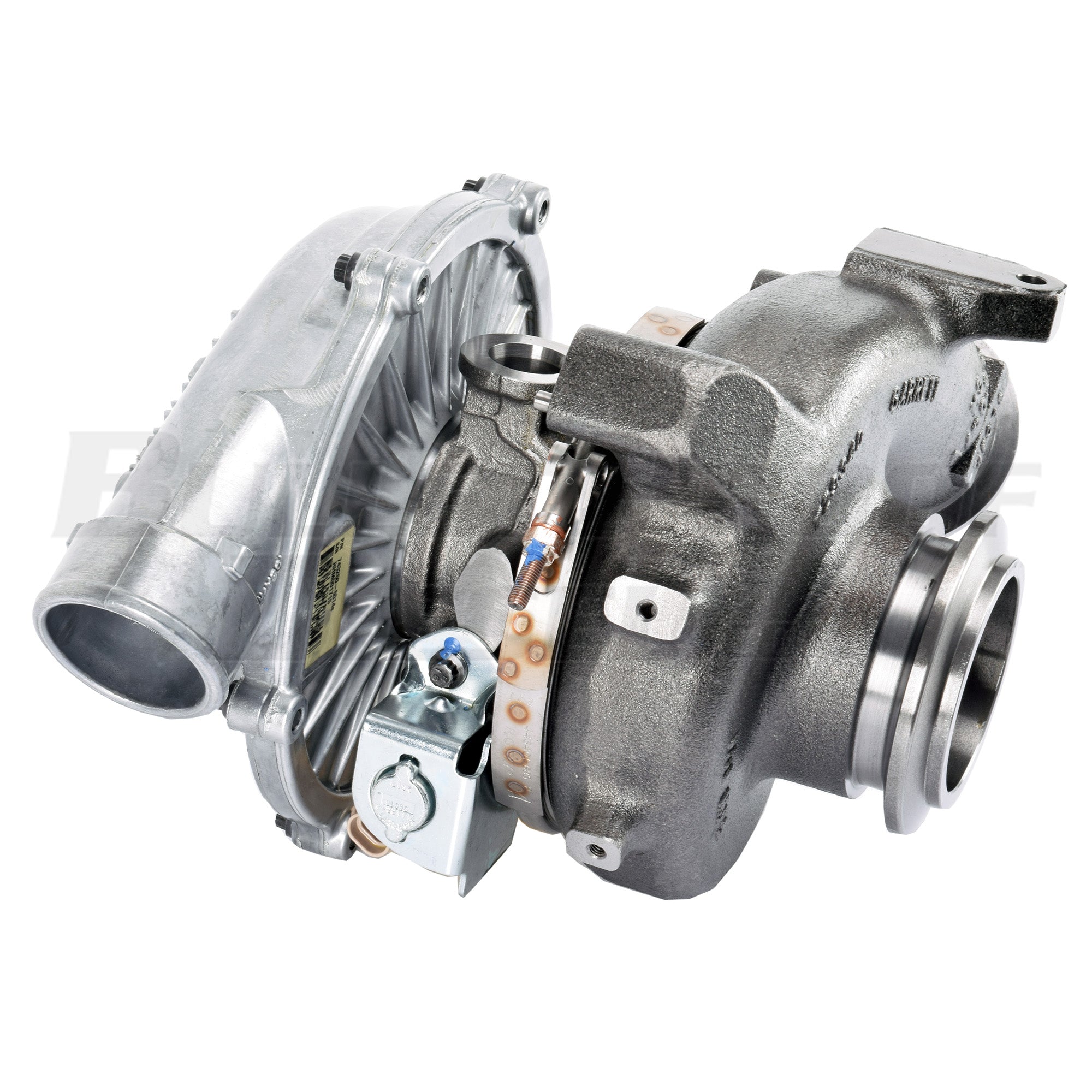
Turbochargers have been in use on diesel engines for many years. MAN and Volvo started using them on heavy-duty trucks in the 1950's. Mercedes-Benz started using them in the late 1970’s and most modern diesel engines use them today. A lot of the turbos that are used in modern diesels are a lot different from the conventional types that were widely used in the past. These days most diesel engines employ the use of VGT or Variable Geometry Turbine turbochargers. This type of turbo was introduced in the light truck segment in 2003 by Ford with the 6.0L Power Stroke engine. The VGT turbo used on the 6.0L was leaps and bounds ahead of its conventional style predecessors. By using a continuously variable restriction in the exhaust housing of the turbocharger, this newer design was able to allow for quick spool up of a small turbo at low rpm and the power of a large turbo at high rpm. Not long after Ford began to use VGT turbos, GM and Ram began using them as well. Not everything about the VGT turbo is great though, they still have some problems.

The moving parts in a variable geometry turbo live in a harsh environment. The exhaust gas used to drive the turbine is extremely hot and sooty. Over time the soot from the exhaust can build up and cause the moving parts to become stuck. Short trips or high idle times can create highly acidic condensation inside the exhaust housing of the turbo, which can cause rusting and pitting of the VGT components inside. Stuck or sticky components, in turn make the actuators work harder also. When a VGT turbo can no longer vary the exhaust restriction you may begin to develop symptoms like smoke, low power, laggy performance, overboost conditions, or flat-out failure of the turbocharger. In the case of an overboost condition, it could lead to head gasket failure, and nobody wants that. Many times, all that is needed is a proper cleaning of the VGT components. Removal and disassembly of the turbo is necessary to clean and restore the turbo to full functionality.
Not every VGT turbo out there is the same. Manufacturers have come up with various ways to achieve a variable turbocharger. Some use electric motors to actuate the moving parts inside the turbo and others use a combination of oil pressure and an electric solenoid to do the same thing. Pivoting vane, moving wall, sliding ring and variable area are the main types of variable geometry turbochargers. Each of these types of VGT turbos achieve the same results using different methods to control the restriction in the exhaust flow to the turbine. Pivoting vane and moving wall VGT are the most common seen on light duty diesel trucks. Both Ford and GM employ the use of pivoting vane turbos for their diesel engines, while RAM sues the moving wall method for the VGT on the Cummins Diesel engines.
Ford went to a sequential turbo system on the 6.4L Power Stroke engine and used both a conventional and a VGT turbo. The VGT turbo on that engine hardly had any problems with getting stuck due to the strong electric actuator. The difference in the vanes and unison ring helped with this also. General Motors used a sensor on the turbo to let the PCM know the actuator position. This can help determine if there is a problem with turbocharger performance due to VGT performance. The turbo on the RAM trucks used a different method when it came to how to vary the size of the exhaust housing. The method that is used on these turbos is less prone to sticking and more likely to have an actuator failure. Either way the result is the same and it usually is not good.
So why do we continue to use VGTs? Well, the answer is not that simple but the benefits of a VGT are many;
-
They help to lower exhaust emissions by improving EGR rates
-
VGT can improve the max torque in the low rpm range
-
Faster low speed torque response
-
Improved engine braking
-
Improvements in fuel economy may also be attributed to VGTs
-
Another benefit to VGTs is the size compared to a system that would be able to cover the same range.
At this point, it does not appear that the VGT Turbocharger is going away any time soon. Because of this, the options available when addressing turbocharger issues can be prone to the same issues as the problem turbo. To prevent VGT problems from occurring it is recommended that the vehicle is driven hard every now and then to get the exhaust gasses hot enough to cook off any condensation or soot buildup. Use a quality fuel additive with a cetane booster to get a more complete burn of the fuel resulting in less soot. Including turbo cleaning a part of your preventive maintenance schedule can increase the longevity of the turbocharger and help avoid costly repairs in the future as well.



